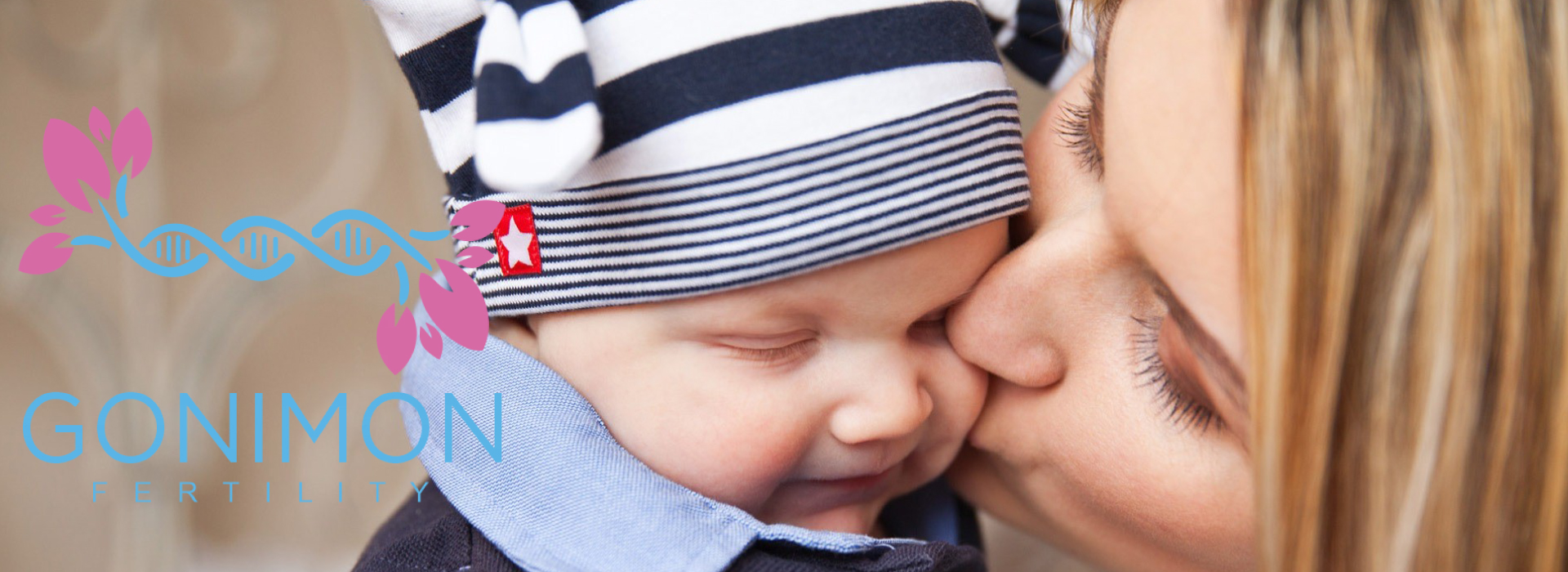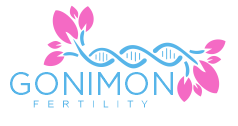
Egg Freezing
Preserve your fertility - "stop the clock"
Egg freezing is another emerging technology. The advanced technique of freezing through vitrification (fast-freezing) has increased significantly the success rates. Egg freezing is a common procedure to preserve the fertility of women who don’t anticipate motherhood in the near future or are not prepared to have a family and wish to stop the biological clock. Egg freezing also gives the opportunity to women undergoing cancer treatment to preserve fertility. The egg freezing process consists of the steps of Ovarian Stimulation and Oocyte Retrieval.
The treatment consists of two main steps:
1. Ovarian Stimulation
Gonadotropins are used to stimulate the growth of multiple ovarian follicles. The term gonadotropins refers to medications that contain follicle-stimulating hormone (FSH) and LH. During this process, we monitor the growth of the ovarian follicles with transvaginal ultrasound scans and bloods.
The ovarian stimulation process step is extremely important since the number of oocytes retrieved is related directly to the number of embryos available for transfer. Once the size of the follicles is optimal, trigger injection is administered to induce ovulation and finalize the oocyte maturation. Oocyte retrieval takes place 36 hours after the trigger injection is applied.
2. Oocyte retrieval (egg collection)
The egg collection is performed under vaginal ultrasound guidance. A fine needle is directed through the vaginal wall into the ovarian follicles. The fluid from all the follicles within both ovaries is aspirated and then examined by an embryologist to identify the eggs under the microscope. The extracted eggs are placed in culture plates with nutrient media and then in the incubator. The procedure is performed sedation and generally takes less than 10–15 minutes to complete.
After the egg collection, you will know the number of oocytes that are cryopreserved (frozen).
The treatment consists of two main steps:
1. Ovarian Stimulation
Gonadotropins are used to stimulate the growth of multiple ovarian follicles. The term gonadotropins refers to medications that contain follicle-stimulating hormone (FSH) and LH. During this process, we monitor the growth of the ovarian follicles with transvaginal ultrasound scans and bloods.
The ovarian stimulation process step is extremely important since the number of oocytes retrieved is related directly to the number of embryos available for transfer. Once the size of the follicles is optimal, trigger injection is administered to induce ovulation and finalize the oocyte maturation. Oocyte retrieval takes place 36 hours after the trigger injection is applied.
2. Oocyte retrieval (egg collection)
The egg collection is performed under vaginal ultrasound guidance. A fine needle is directed through the vaginal wall into the ovarian follicles. The fluid from all the follicles within both ovaries is aspirated and then examined by an embryologist to identify the eggs under the microscope. The extracted eggs are placed in culture plates with nutrient media and then in the incubator. The procedure is performed sedation and generally takes less than 10–15 minutes to complete.
After the egg collection, you will know the number of oocytes that are cryopreserved (frozen).



